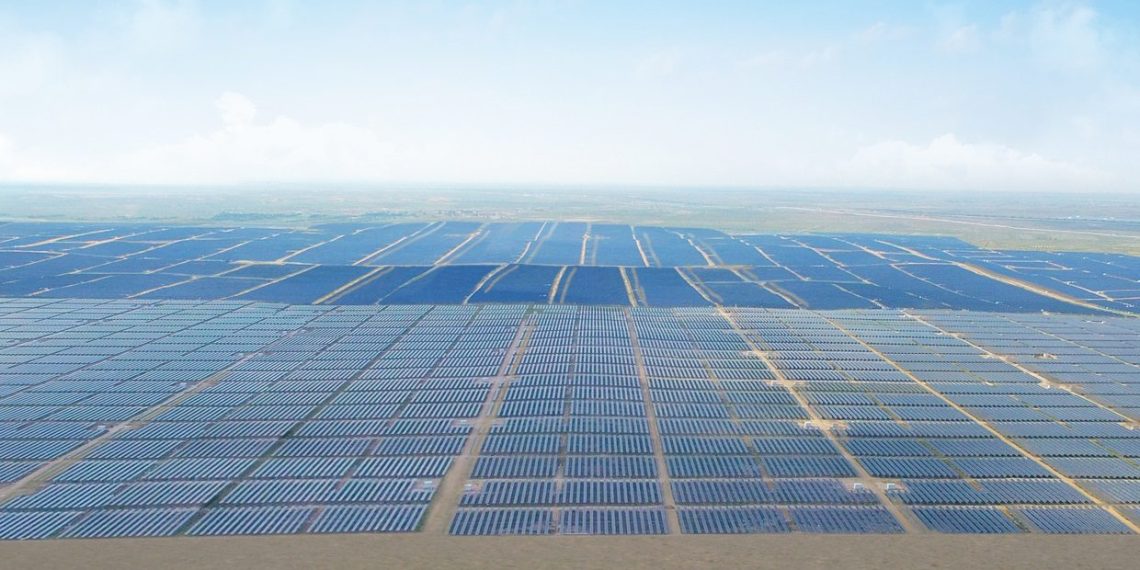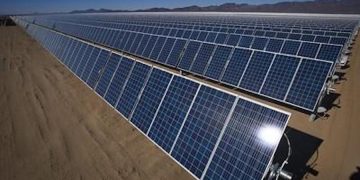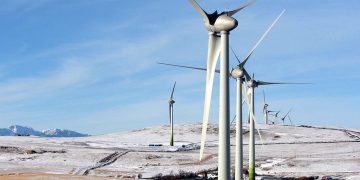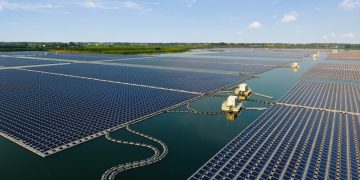Q1 of the solar industry experienced minimal effects of the pandemic, but the rest of 2020 may not meet original projections. After a new record quarter for solar installations, 2020 US projections have fallen by 20 GW.
Although the numbers of people ill from the pandemic are now falling, there have been lasting impacts throughout the first few quarters of this fiscal year. Q1 of the solar industry was record-breaking for solar installations. According to the S&P Global Market Intelligence and the Solar Energy Industries Association, almost 2 GW of utility solar was installed in the first three months of 2020. The total installed capacity in the US was 3.6 GW in this initial quarter, which is 65% higher than the installed solar capacity of Q1 in 2019. Although this was the start of the virus, the effects were not significant yet as various locations shut down at different times.
As the year progresses, an additional 5.4 GW of solar projects has been announced. These will be developed, but these projects are feeling the slow down of the virus. Although these are promising projects, there was a holdup with much of the planning of these larger projects. Many states would not allow in-person meetings for zoning and permits, which slowed down the early stages of solar projects.
Still, solar has accounted for 40% of all new electricity capacity in Q1 2020. It is important to note that not only solar projects have been delayed, and because of this the solar industry is not slower than other electricity-generating systems. Distributed solar is expected to have 31% fewer installations in 2020 than in 2019, and has felt the strongest effects of COVID. Many installers are experiencing struggles due to the halts in investment with the impending recession.
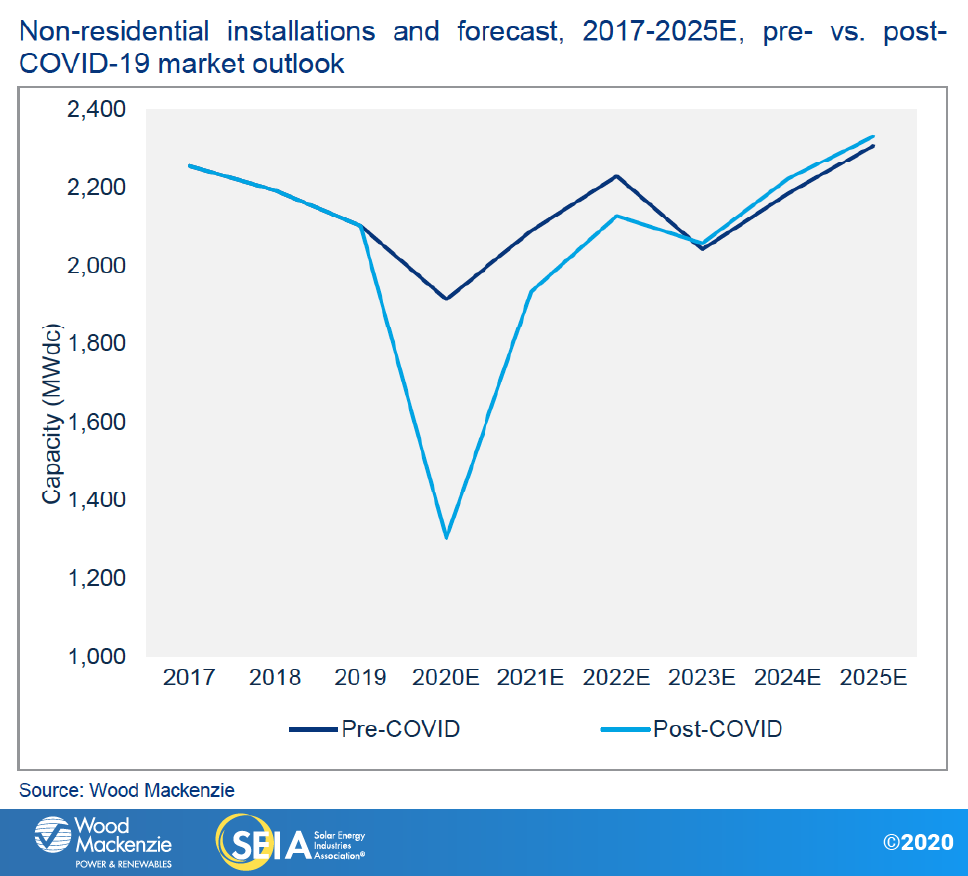
Many of the initial installations became active in January, which helped boost the Q1 reports. To break it down by state, Florida was able to install 596 MW while California installed 359 MW. This could be attributed to the varying severity levels of the pandemic in these different locations. The Childress Solar Park in Texas was the largest project to become active at 240 MW. America is now at 81.4 GW total capacity as of June 11, 2020. This overall 18.4% improvement was not expected by most analysts as the virus began to shut businesses down. Still, they now project that about 14.4 GW will become active by the end of 2020, and 113 GW of solar will be installed in the next five years. The five-year projection has dropped 3.6 GW from the original projections in 2019, while the 2020 projection is 20 GW lower, but there is still significant progress being made despite these setbacks.
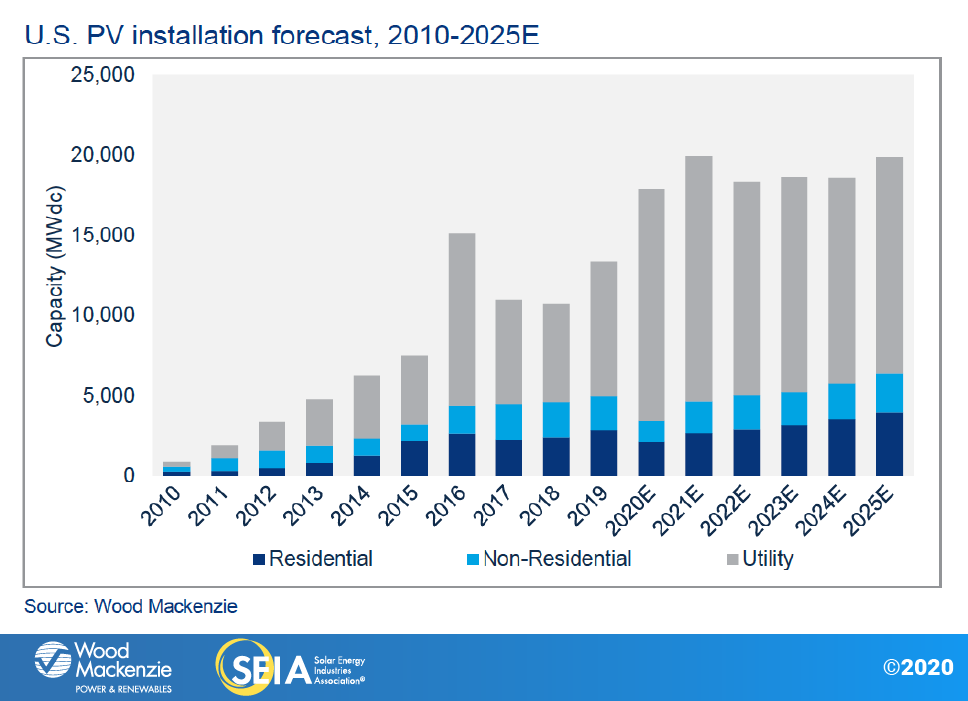
Texas is expected to continue its solar industry and grow to support the majority of this 113 GW projection for the next to give years. By 2024, they should install an additional 26 GW due to the ideal environment. Making the switch from oil to renewable energy will be difficult for the state, but presents various opportunities for investors and companies looking for a reliable location. There will be more solar installations in Texas than in any other state, so it is important that investors and solar companies focus on the land and developments there. Currently, the Greyhound Solar Project is being developed and will have 650 MW of solar capacity by the end of June 2021.


